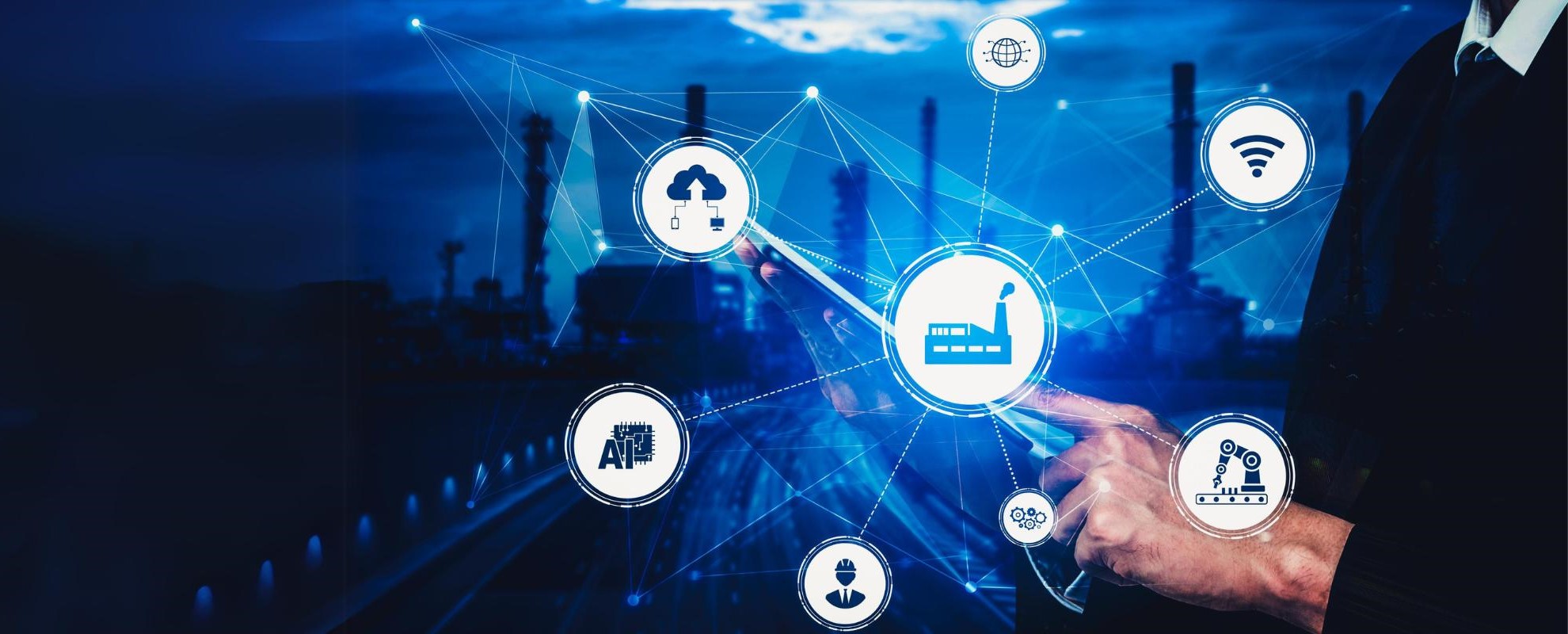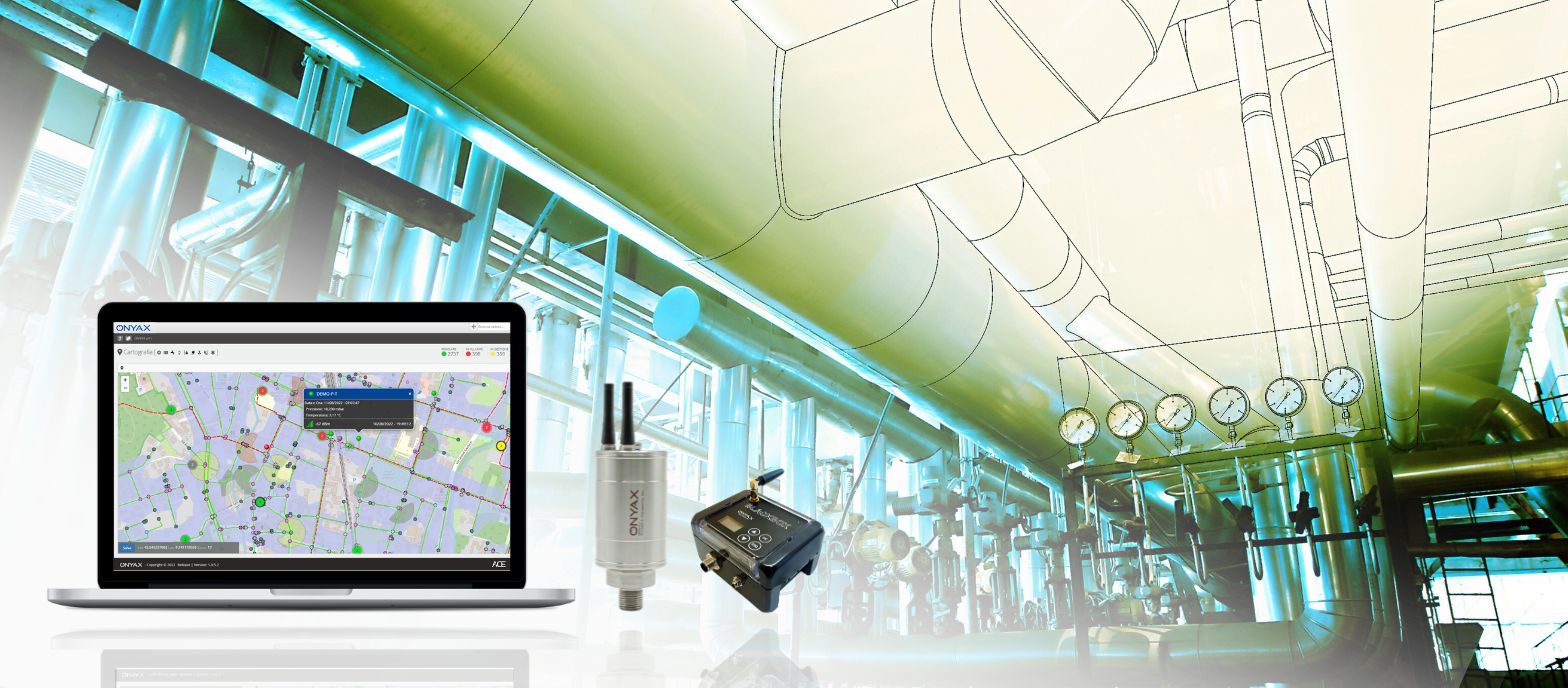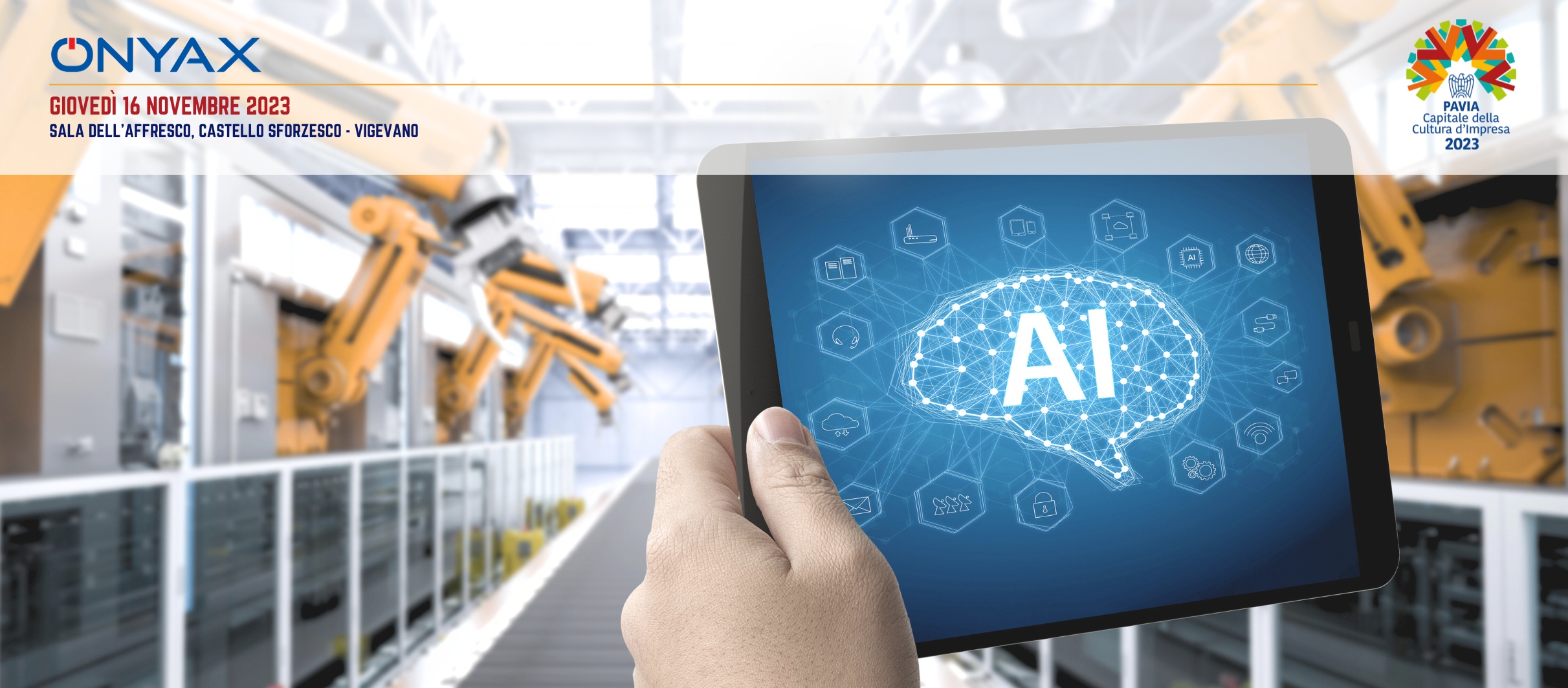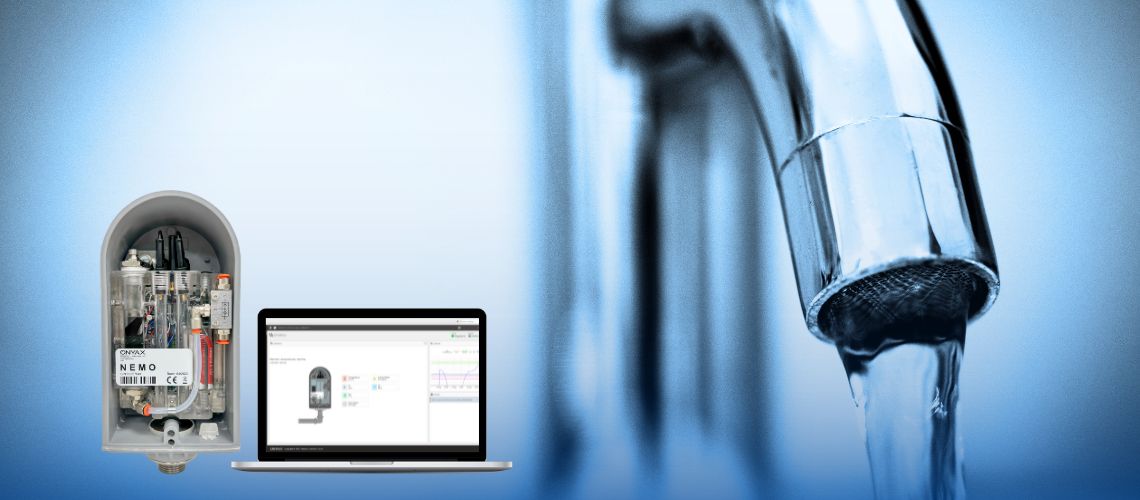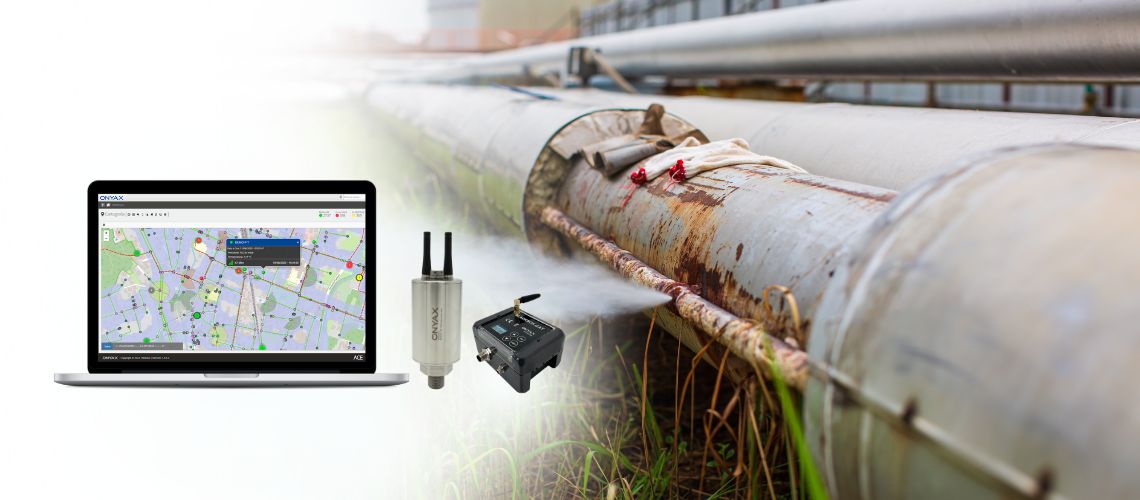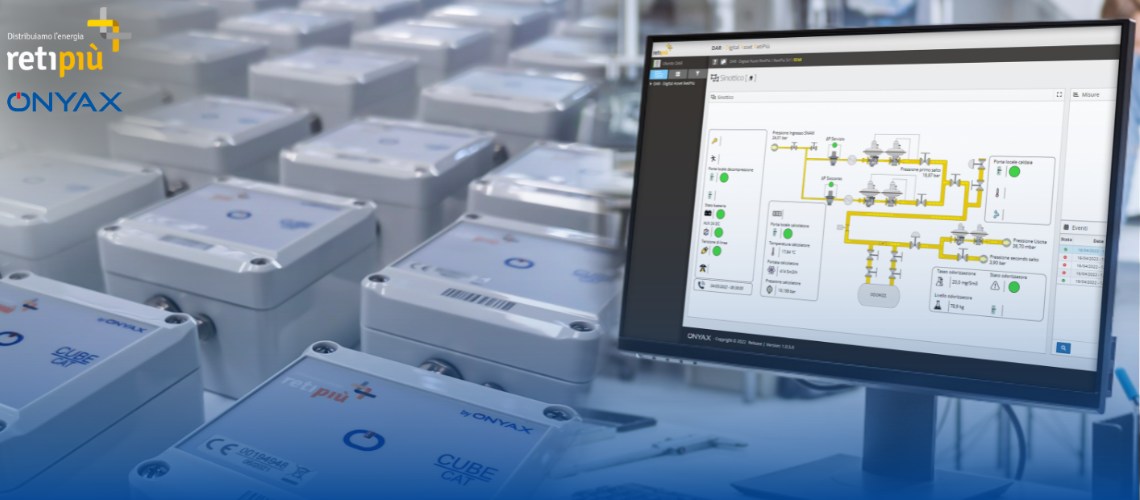Companies turn to IoT monitoring systems
Designers and system integrators are looking for innovative IoT solutions to improve the technology component in Smart Buildings, to meet energy efficiency needs, reduce emissions and acquire data for monitoring.
Onyax has developed a simple system to provide an effective and economical response to the needs of air quality monitoring and energy efficiency control in offices, public or residential buildings, businesses, accomodation, healthcare and hospital facilities.
Smart Building between low-power and smart sensors
Today, we associate the definition of Smart Building with the concept of equipping buildings with tools and technologies that can facilitate the use of the same by people.
Thanks to its experience and design skills in the field of electronic engineering, Onyax has conducted research activities to find solutions for measuring the quality of fluids and gases, either by characterising commercial sensors or by introducing complex measurement processes, such as electrochemical impedance spectroscopy techniques.
This research activity, combined with precise low-power design techniques, has made it possible to develop IoT devices that are useful for measuring energy and comfort parameters in environments, to share this information with more complex architectures that can improve the quality of the environment and also pursue energy efficiency and savings.
The benefits of a Smart Building IoT
The first design aspect was the realisation of the NS1 device, an IoT object that allows the acquisition of the main physical (temperature, pressure, humidity and brightness) and chemical (eCO2 and eTVOC) parameters, as well as the control of presence and its transmission to the management system via a WiFi interface. NS1 integrates a web server that allows the user to assign the address in the local network and identify the area being monitored, information that is useful to the BMS (Building Management System) management and supervision system.
The second activity was to integrate data from NOSE and third-party sensors into the openHAB BMS platform, activating control strategies to improve air quality. For example, it was possible to control air recirculation in the case of high eCO2 and eTVCO values, or to reduce consumption by means of energy actuators, or in the case of high light levels, to switch light on and off by means of motion sensors.
The last aspect is also to integrate communication protocols of the air handling and air conditioning units for the regulation of various set points by the BMS.
NS1: the solution to monitoring environmental parameters
The first design aspect was related to the realization of the NS1 device, i.e., an IoT object that allows the acquisition of the main physical (temperature, pressure, humidity and brightness) and chemical (eCO2 and eTVOC) parameters in addition to presence control and its transmission to the management system via WiFi interface. NS1 integrates within it a web server that allows the user to assign the address in the local area network and identify the zone he or she is monitoring, information useful to the BMS (Building Management System) management and supervision system.
The second activity was to integrate data from NOSE and third-party sensors into the openHAB BMS platform, activating control strategies such that air quality could be improved. For example, it was possible to control air recirculation in the case of high eCO2 and eTVCO values or to reduce consumption through energy actuators, or in the case of high light levels, to turn light on and off through motion sensors.
The last aspect is also to integrate communication protocols of the air handling and air conditioning units for adjustment of various set points by the BMS.
Why a Smart Building IoT
A correct design approach should not be limited to simply introducing advanced or multimedia technologies, but must constantly allow energy savings and improve perceived well-being. Emissions and energy consumption are directly proportional, so every designer should put these aspects first in their technological choices.Onyax wanted to demonstrate how environments can be kept under control with the simple NS1 IoT device and how targeted integrations can make any building smart and less energy-intensive through IoT solutions.




